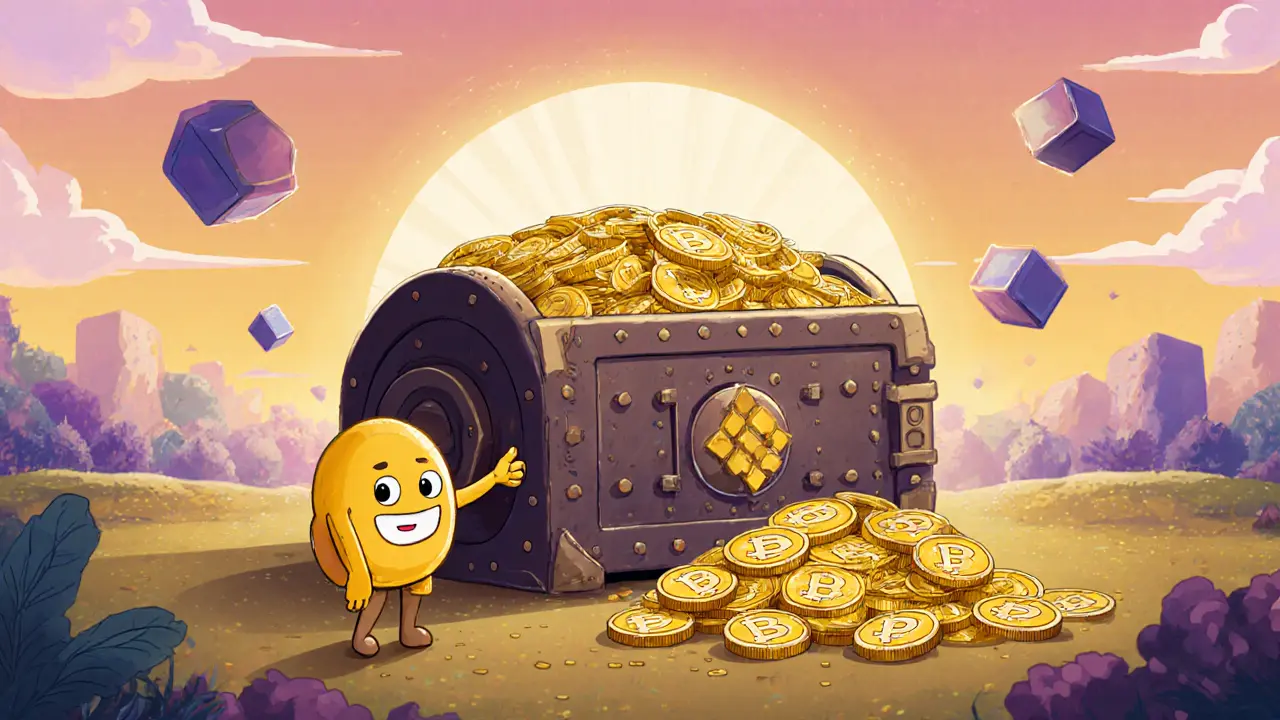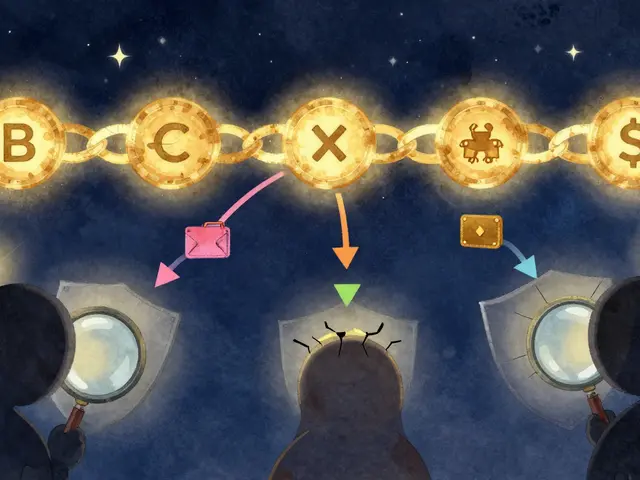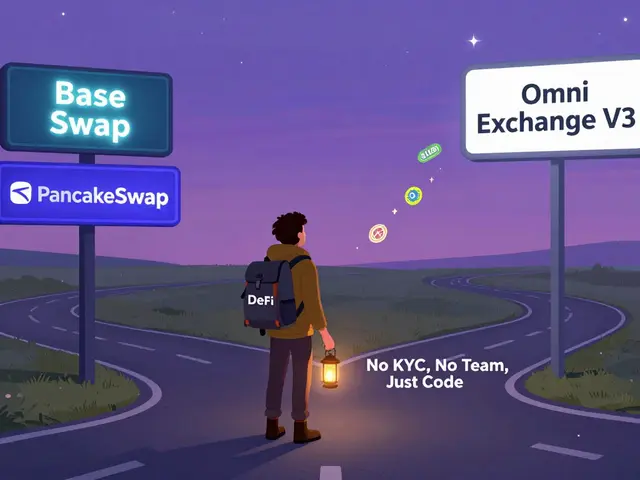Token Distribution: How Tokens Get to Your Wallet
When you hear token distribution, the process of moving a newly created cryptocurrency from its issuer to the broader community, you probably picture airdrops or exchange listings. In practice, airdrop, a free token giveaway that rewards early adopters or specific user groups is just one distribution channel. Tokenomics, the economic model that defines supply, utility, and allocation rules for a crypto token shapes how many coins are set aside for airdrops, team vesting, or liquidity. The underlying crypto token, a digital asset built on a blockchain that can represent value, rights, or functionality lives on a blockchain, a decentralized ledger that records every token transfer in an immutable way. Together these elements form a web of relationships: token distribution encompasses airdrop strategies, tokenomics defines allocation rules, and blockchain provides the immutable record for every move. Understanding each piece lets you assess whether a project’s token rollout is transparent, fair, and sustainable.
Key Concepts in Token Distribution
First, identify the distribution method. Airdrops can be community‑driven (rewarding users who hold a certain token) or promotional (targeting new users to spark interest). Each method requires clear eligibility criteria and a secure claim process; otherwise scammers can hijack the giveaway. Second, look at the tokenomics breakdown. A healthy token model typically reserves a portion for development, a portion for community incentives, and a controlled amount for founders that vests over time. This blend protects investors from sudden dumps while giving the project room to grow. Third, examine the blockchain choice. Some projects use Ethereum for its robust ecosystem, while others pick Binance Smart Chain or newer layer‑2 solutions for lower fees. The chain determines transaction speed, cost, and the accessibility of the distribution to different user bases. Finally, consider compliance. Regulations in various jurisdictions may label certain airdrops as securities offerings, so projects often include KYC steps to stay on the right side of the law. By mapping these factors, you can quickly gauge if a token’s distribution aligns with best practices and your own risk tolerance.
Armed with this framework, you’ll spot the red flags and the strong points in any token rollout you encounter. Below, you’ll find a curated collection of articles that dive deeper into airdrop mechanics, tokenomics design, blockchain selection, and regulatory considerations. Each piece offers practical tips, real‑world examples, and step‑by‑step guides to help you navigate the fast‑moving world of token distribution.
BSC AMP (BAMP) Airdrop Details: What You Need to Know
Explore what the BSC AMP (BAMP) airdrop could look like, token details, eligibility clues, and how to avoid scams.





